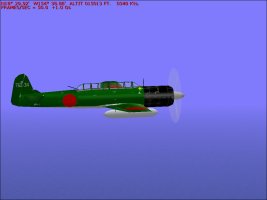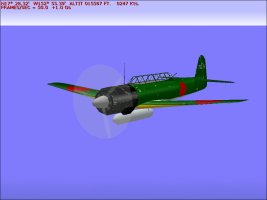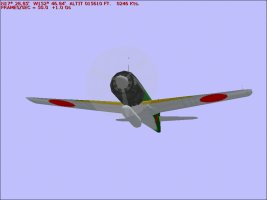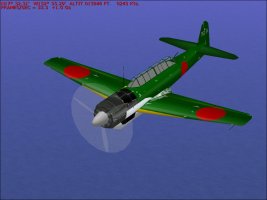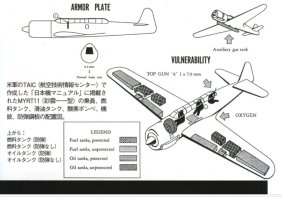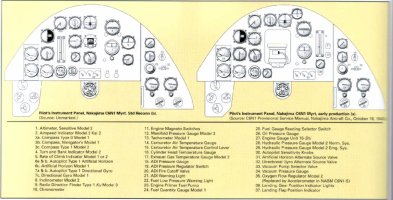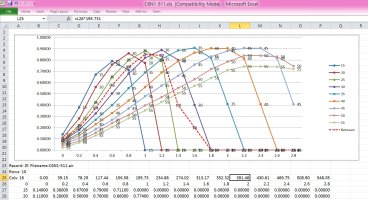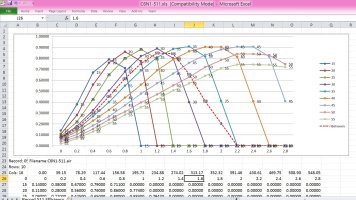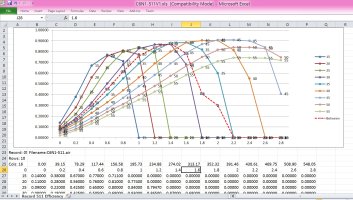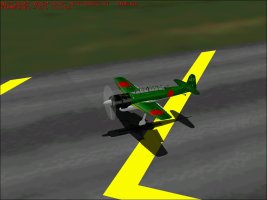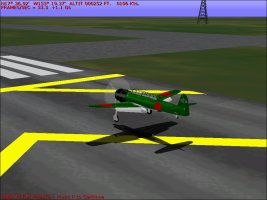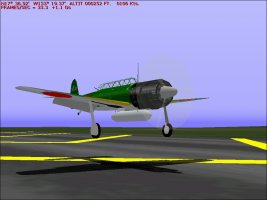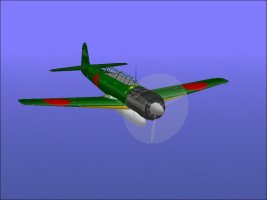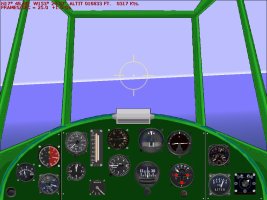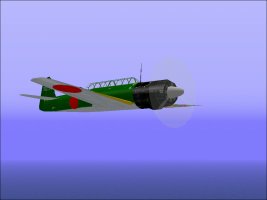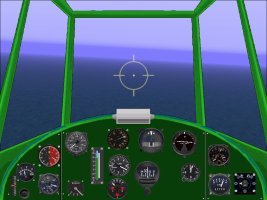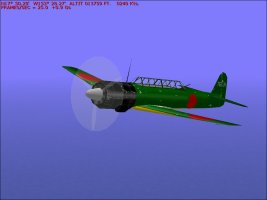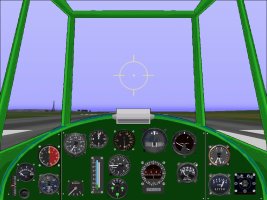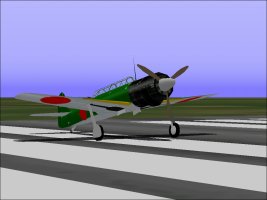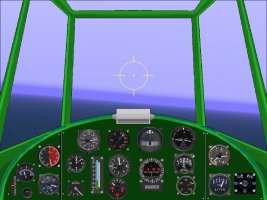After changing the Propeller Efficiency Table, the speed at 500 Feet at Rated Power increased from 314 MPH to 322 MPH with no other changes.
A quick check of the Power and Speed at 20000 Feet (6100 M) which is the critical altitude of this model engine at Rated power showed that both power and speed were too low. I don't actually expect to correct ALL of the discrepancy because it would make the performance at medium altitudes way too high.
Here is the result:
500 Feet ----- 1653 HP ---- 1923 HP ----- 322 MPH (350 MPH at Take-Off / Emergency Power) Prop Pitch 33 Degrees at Rated Power
5000 Feet -----1718 ------- 1997
10000 Feet ----1795 ------- 2085
15000 Feet ----1878 HP ------------------- 390 MPH Prop Pitch 39 Degrees
17500 Feet ---- 1772 HP ------------------ 389 MPH Prop Pitch 39 Degrees
20000 Feet ---- 1604 HP ------------------ 373 MPH Prop Pitch 39 Degrees
It is still a touch slow at 20,000 Feet, but not extraordinarily so. It is about 10 MPH too fast just below that, but I will settle for this combination.
Next tests are for general handling, and climbing speed and ceiling. Initial climb is not well documented but service ceiling is.
There are still numerous sanity checks for handling and general bad behaviour.
Screenshot is from a speed run.
"The Grummans can't catch us!" is a quote from a C6N crew member.
- Ivan.
